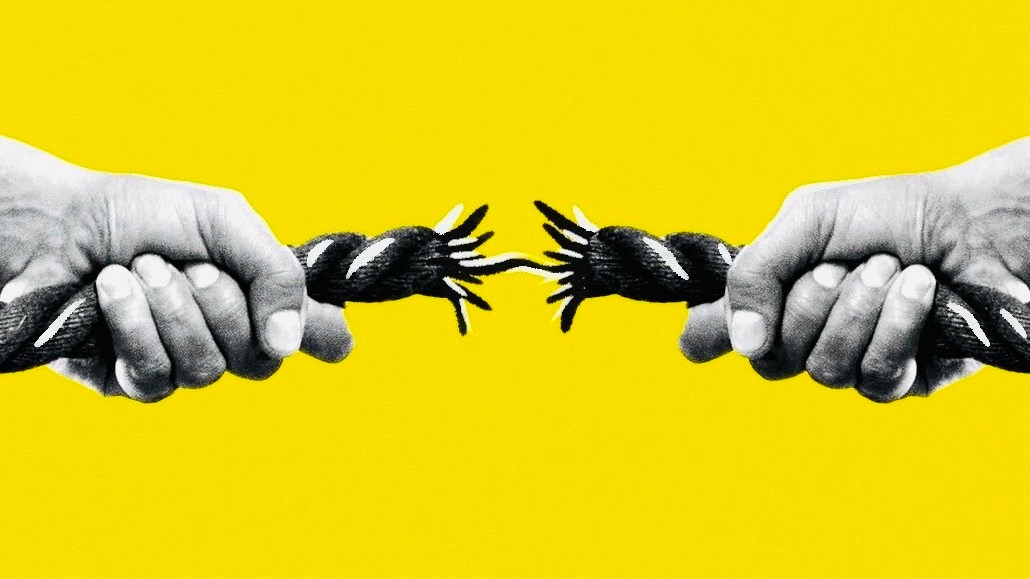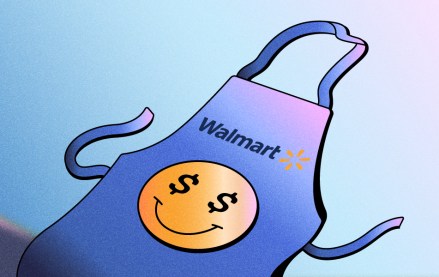Register by Jan 13 to save on passes and connect with marketers from Uber, Bose and more
Snap’s offering incentives to boost uptake of its Sponsored Snaps

Snap is sweetening the deal for advertisers willing to buy space inside users’ chat feeds.
It’s been nearly a year since the company rolled out the new ad placement – pitched by CEO Evan Spiegel as a way to make “the core functionality of Snapchat accessible to advertisers”. Since then, Snap has been working to make that promise stick, and is now offering incentives in an effort to drive adoption for the placement.
“I think Evan [Spiegel] realized that that’s [the chat tab] where the majority of the users spend most of their time,” said Shamsul Chowdhury, global evp paid social at Jellyfish. “They figured they need advertisers there. There’s a lot of money to be made, because they’re sitting on a gold mine.”
Which explains the rationale behind these incentives. Advertisers can get a 25% discount on these buys, capped at $75,000. The catch: newer or lower-spending advertisers need to commit at least $50,000, while more established buyers have to spend $200,000 to qualify, according to a slide from a recent pitch deck, which Digiday has seen. Though no set timeline for this incentive was listed.
There are other limits too: one coupon per brand, with a maximum of three per portfolio. The discount can also be applied to live or new campaigns and doesn’t require a “multi-cell” test, (aka a campaign test of multiple groups of an audience).
What’s less clear is how much traction this tactic has gotten. Snap hasn’t disclosed which advertisers have taken them up on the offer or how widely its being used. But the push comes at a moment when the ephemeral messing app is working harder to convince marketers it can compete in a performance-obsessed ad market.
Sponsored Snaps was one of the key focuses during Snap’s recent (and ongoing) Performance Summit, which saw invited ad execs come together in Los Angeles (Sept. 4), New York (Sept. 9), Paris (Sept. 16) and Stockholm (Sept. 17), with upcoming dates in London (Sept. 24) and Amsterdam (Sept. 25). Other focal points of discussion included Snap’s Smart Budget and Value Optimization.
According to Snapchat, Sponsored Snaps drive incremental conversions, and can deliver up to a 22% increase when they are part of an advertiser’s broader Snap campaign mix.
Will Holtz, vp of strategy and operations at Prescient AI, said that while Snap is still a very small share of overall client budgets – under 1% – growth and testing on the app are accelerating thanks to updates like Sponsored Snaps.
“The next phase of adoption will likely be driven by upper-funnel tactics like Sponsored Snaps and continued improvement in how Snap demonstrates its impact beyond direct conversions,” he said.
One ad exec, who attended the platform’s Performance Summit, noted on the condition of anonymity that Snap staff shared Sponsored Snaps statistics that “highlight the placement’s effectiveness in driving both awareness and direct response”, though they didn’t share specifics.
However, another exec, also speaking on background, who has seen this Sponsored Snaps incentive, and also attended the Performance Summit, said that broader sentiment around Sponsored Snaps is fairly negative, “so teams aren’t pushing the format. That said, one advertiser is exploring a trial.” The exec declined to name the advertiser.
The feedback speaks to the uneasy evolution of Sponsored Snaps. From the start, the format raised eyebrows — dropping ads int what’s long been considered one of the app’s most private spaces: the chat feed. Snap tried to preempt criticism by making it clear that users’ conversations aren’t being scanned or monetized. Last year, Spiegel was careful to add that “conversations with friends are private and are not used for advertising purposes”.
Overall, Sponsored Snaps are part of Snap’s bigger play to improve its stalling ad business.
During its second quarter earnings, Snap reported a 9% revenue increase to nearly $1.35 billion. The problem was, that increase still marked a slowdown of ad revenue growth in over a year, having previously reported revenue increases between 14% and 21%, between Q1 2024 and Q1 2025. And it’s a stark contrast compared to the growth of its peers during the second quarter: Meta, Google (Alphabet) and Reddit reported revenue growth of 22%, 14% and 78%, respectively during the same quarter.
For its part, the company has made a concerted effort to rake in a more consistent flow of ad dollars from smaller advertisers, with the launch of more automated products and tools. It has also put more emphasis on the importance of creators to the platform, as well as incorporated augmented reality and machine learning tools for brands and advertisers, such as virtual try-ons for retailers.
Despite these updates, it’s the same story for advertisers; Snap’s weakness stems from the performance they get from advertising there compared to other platforms.
“Tracking challenges remain a key issue,” Prescient AI’s Holtz said. “Many brands struggle to see returns in their direct response reporting, which creates hesitation in scaling.”
However, he did caveat that Snap is actively addressing this with cost cap bidding objectives, web DR optimization types and dynamic product ads (DPA), which is also what is helping to encourage interest and testing in the platform.
In response to Digiday’s request for comment, a Snap spokesperson said: “Sponsored Snaps give advertisers a way to show up in the Chat inbox, where Snapchatters naturally spend their time. They drive 2x higher conversions per full-screen ad view and are already delivering results – from Wendy’s 52 million U.S. reach in one day, to Calvin Harris’ nearly 12 million U.K. reach and 58% boost in streams – proving the format drives real impact across markets.”
More in Marketing

Inside the brand and agency scramble for first-party data in the AI era
Brands are moving faster to own first-party data as AI and privacy changes alter the digital advertising landscape.

Walmart Connect takes a play out of the Amazon playbook to make agentic AI the next battleground in retail media
The next retail media war is between Walmart Connect’s Sparky and Amazon’s Rufus, driven by agentic AI and first-party data.

What does media spend look like for 2026? It could be worse — and it might be
Forecasts for 2026 media spend range from 6.6% on the lower end to over 10% but the primary beneficiaries will be commerce, social and search.








